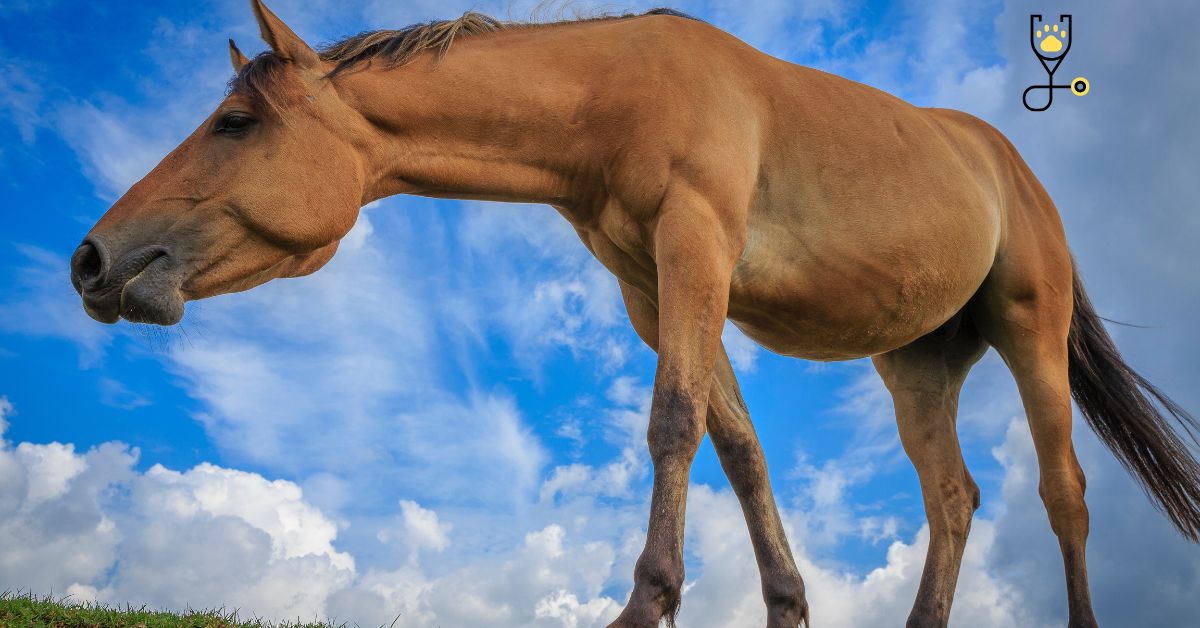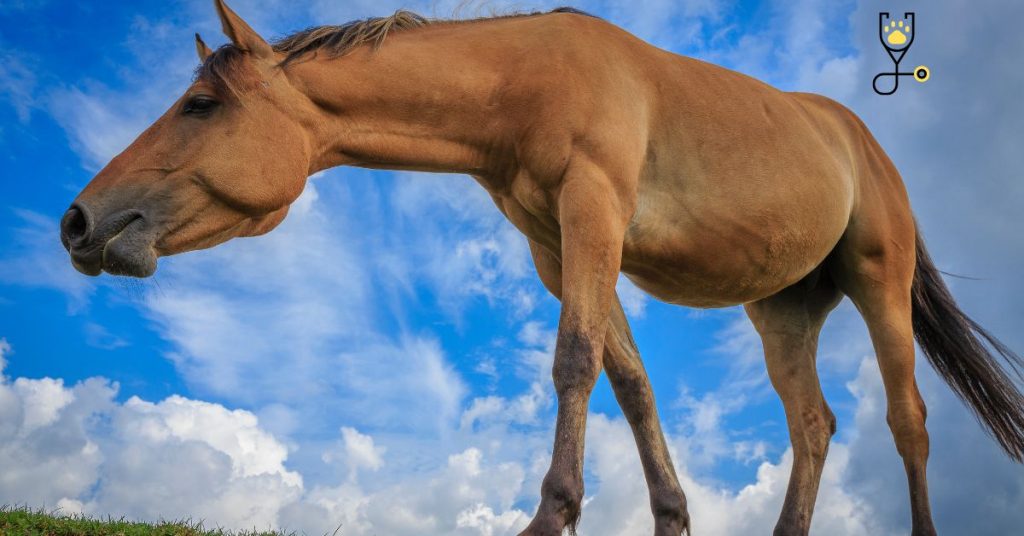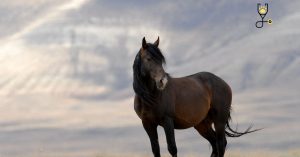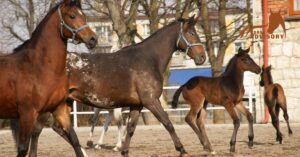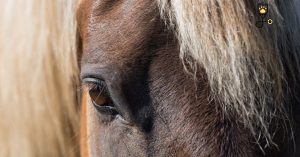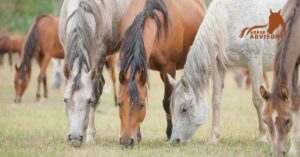As a horse owner, or even just as someone who loves horses, you should know the different parts of a horse. Different parts of a horse are used for different purposes, and it’s important to be able to identify them. This guide will teach you everything you need to know about the different parts of a horse, what they’re used for, and how to care for them. So, whether you’re just getting started with horses or you’ve been around them your whole life, this guide is for you!
1. Head
The head is the most important part of a horse. It contains the eyes, ears, nose, and mouth which allow the horse to see, hear, smell, and communicate with its handler. The head also houses the brain which is responsible for making decisions and responding to stimuli.
When caring for a horse’s head, it is important to pay attention to the condition of its eyes and ears. Regularly check them for any signs of infection or injury, and also make sure to keep them clean. Additionally, brushing the horse’s mane and muzzle can help keep its head looking healthy and well-groomed.
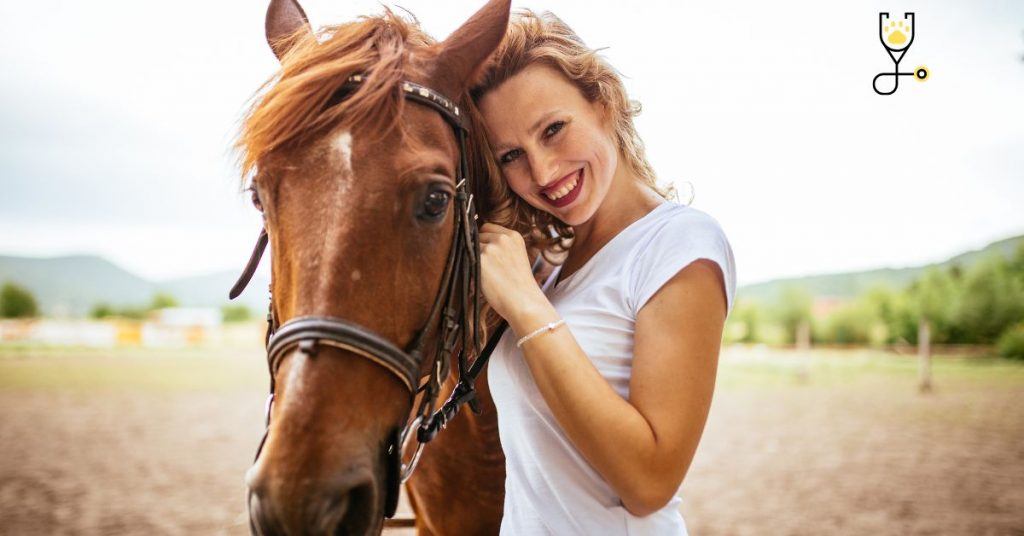
2. Neck
The neck of a horse is necessary for supporting the head, allowing it to turn and twist in different directions. It is also used to help the horse maneuver when running or jumping, as well as for balance. The neck of a horse contains several important muscles that are necessary for movement and performance.
When caring for a horse’s neck, it is important to keep it free from dirt and debris so that its muscles can move freely. Additionally, regular grooming can help the muscle stay strong and healthy by keeping them loose and pliable. Lastly, it is also important to pay attention to any signs of injury or infection in the neck area, as this could lead to long-term damage if left untreated.
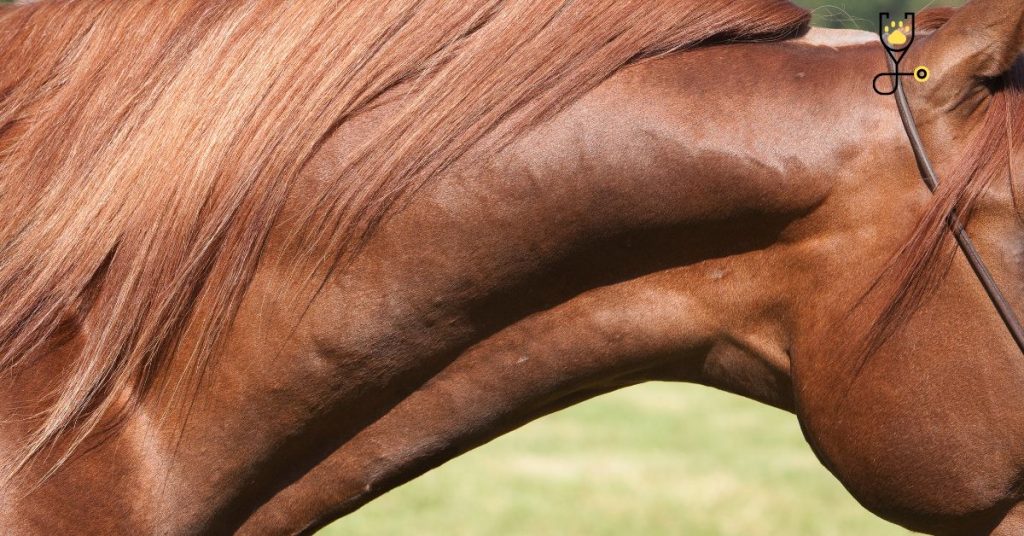
3. Back
The back of a horse is one of its most important parts because it carries all of its weight. The back contains several major muscles that are responsible for movement and performance, as well as the vertebrae which protect the horse’s spinal cord.
When caring for a horse’s back, it is important to keep it free from dirt and debris so that the spine can move freely. Additionally, regular grooming sessions will help keep the muscles loose and pliable so they don’t become tight or strained over time. Lastly, pay attention to any signs of injury or infection in the back area, as these may require medical attention.
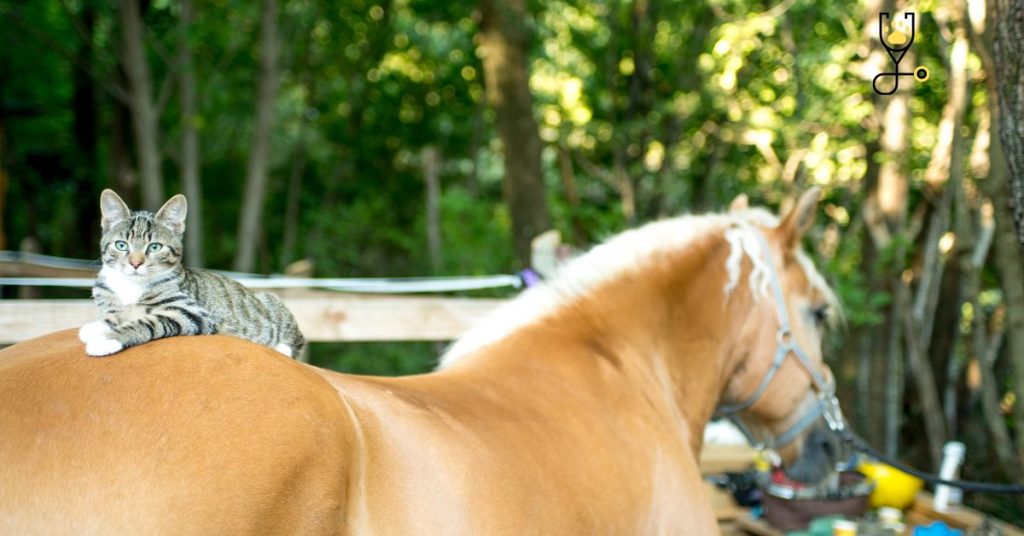
4. Legs
The legs of a horse are important for providing stability and balance when running and jumping. They also contain several major muscles essential for movement and performance activities such as racing, jumping, and dressage.
When caring for a horse’s legs, it is important to keep them free from dirt and debris so that the muscles can move freely. Additionally, regular grooming sessions will help keep the muscles loose and pliable so they don’t become tight or strained over time. Lastly, always check for any signs of injury or infection on the legs as these may require medical attention.
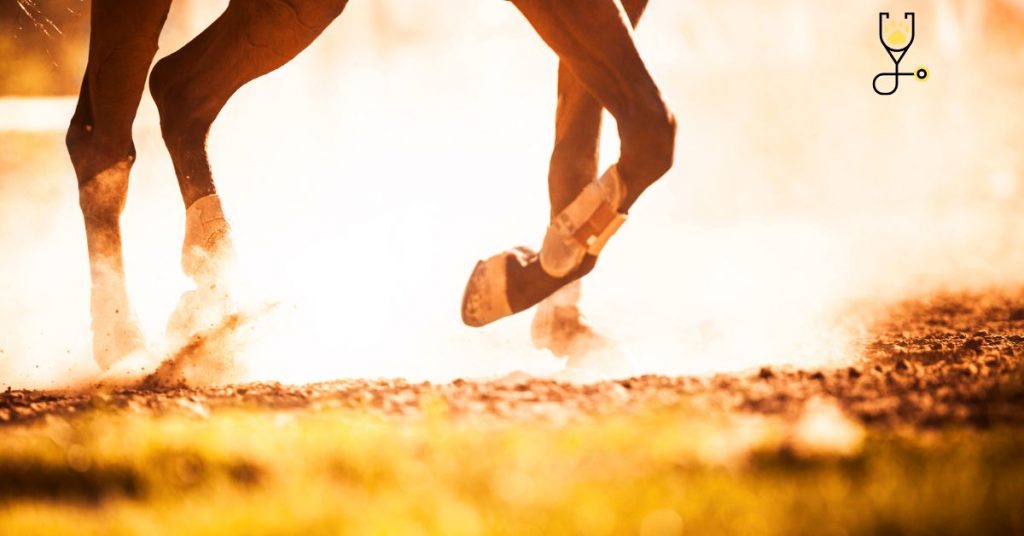
5. Hooves
The hooves of a horse are made up of layers of hard keratin which protect its feet from damage while running and walking on different surfaces. They also contain several sensitive nerve endings which allow the horse to feel changes in temperature and terrain beneath its feet.
When caring for a horse’s hooves, it is important to keep them trimmed and balanced regularly. Additionally, make sure to check for any signs of bruising or injury on the hoof so that it can be treated promptly. Lastly, regular grooming sessions will help keep the hooves healthy by providing moisture and nutrients.
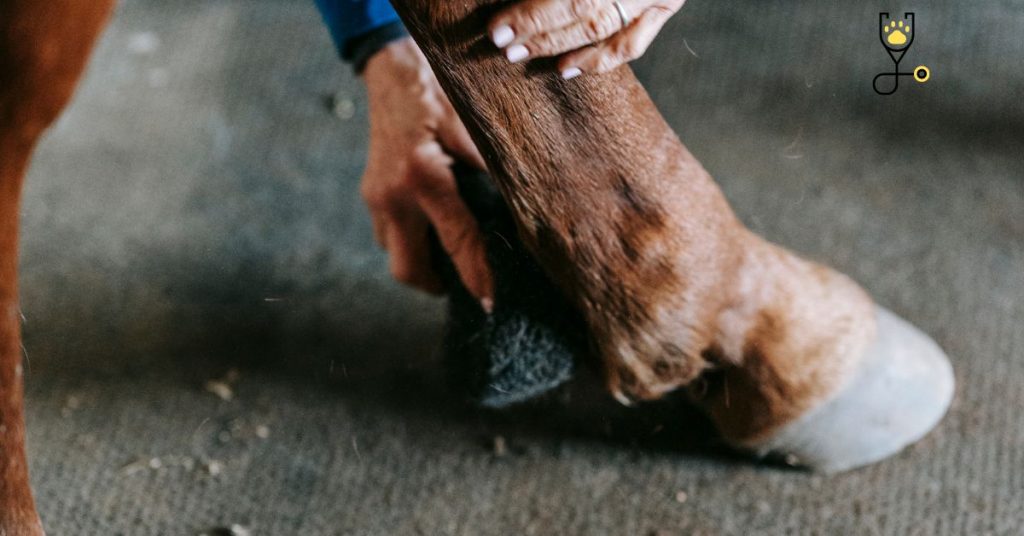
6. Tail
The tail of a horse is important for balance and communication with its handler. It is made up of several long hairs which can be used to swat away flies, as well as provide the horse with some warmth in cold weather.
When caring for a horse’s tail, it is important to keep it clean and free from dirt and debris so that it doesn’t become matted or tangled. Additionally, regular grooming sessions will help keep the tail healthy by removing any excess hair, as well as providing moisture and nutrients. Lastly, always check for any signs of injury or infection in the tail area so that it can be treated promptly.
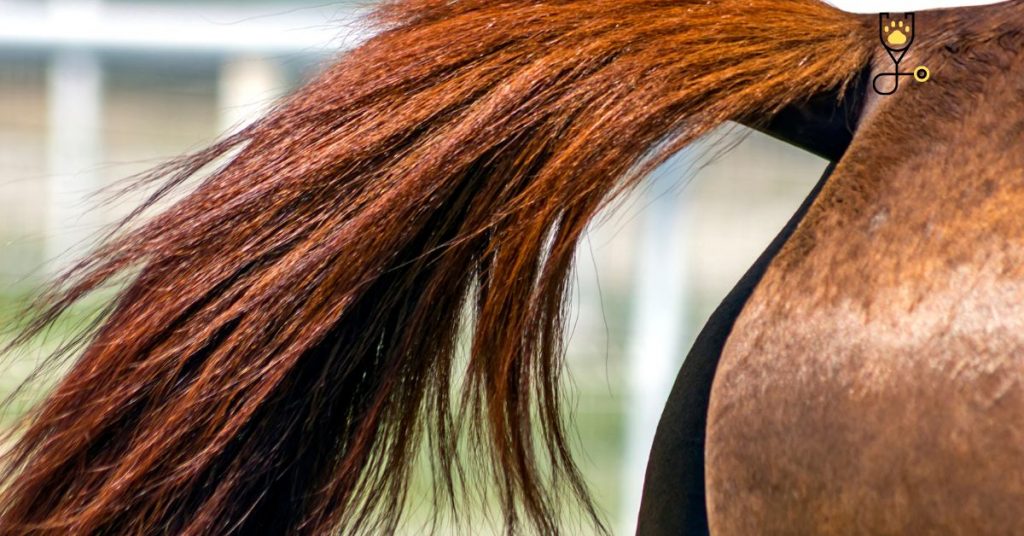
7. Throatlatch
The throatlatch of a horse is the area between its chin and chest. It is essential for airflow during movement, as well as for communication with its handler.
When caring for a horse’s throatlatch, it is important to keep it clean and free from dirt and debris so that it doesn’t become irritated or infected. Additionally, regular grooming sessions will help keep the throatlatch healthy by providing moisture and nutrients. Lastly, always check for any signs of injury or infection in this area so that it can be treated promptly.
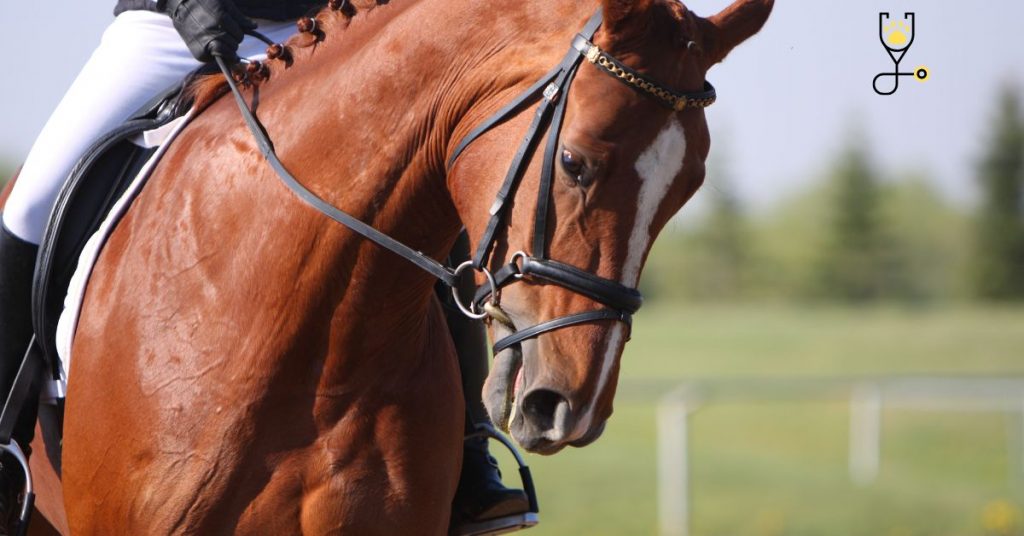
8. Mane
The mane of a horse is made up of several long hairs which can be used both for decoration and protection when running through a thick brush. It is also an important communication tool between the horse and its handler.
When caring for a horse’s mane, it is important to keep it clean and free from dirt and debris so that it doesn’t become matted or tangled. Additionally, regular grooming sessions will help keep the mane healthy by providing moisture and nutrients. Lastly, always check for any signs of injury or infection in the mane area so that it can be treated promptly.
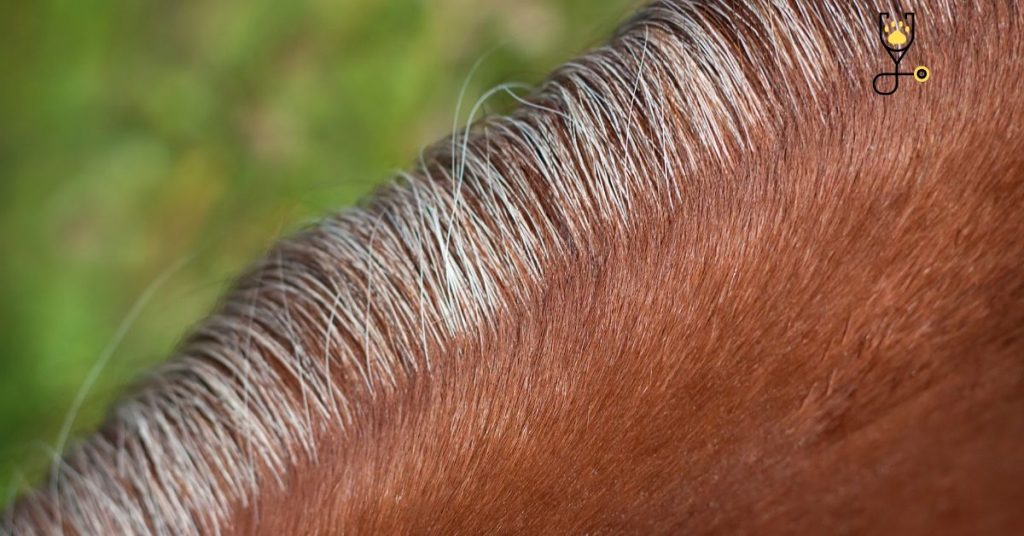
9. Poll
The poll of a horse is the area where its neck meets its skull. It is an important part of the horse’s anatomy as it provides balance and flexibility when running and jumping.
When caring for a horse’s poll, it is important to keep it clean and free from dirt and debris so that it doesn’t become irritated or infected. Additionally, regular grooming sessions will help keep the poll healthy by providing moisture and nutrients. Lastly, always check for any signs of injury or infection in this area so that it can be treated promptly.
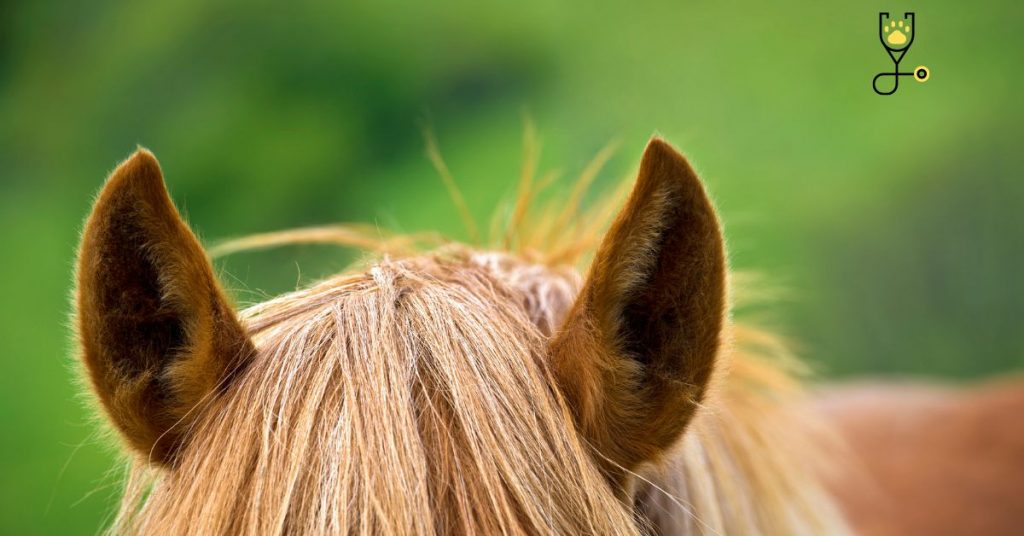
10. Gaskin
The gaskin of a horse is the area between its hocks and stifles. It is important for supporting the horse’s weight when jumping, as well as providing flexibility during movement.
When caring for a horse’s gaskin, it is important to keep it clean and free from dirt and debris so that it doesn’t become matted or tangled. Additionally, regular grooming sessions will help keep the gaskin healthy by providing moisture and nutrients. Lastly, always check for any signs of injury or infection in this area so that it can be treated promptly.
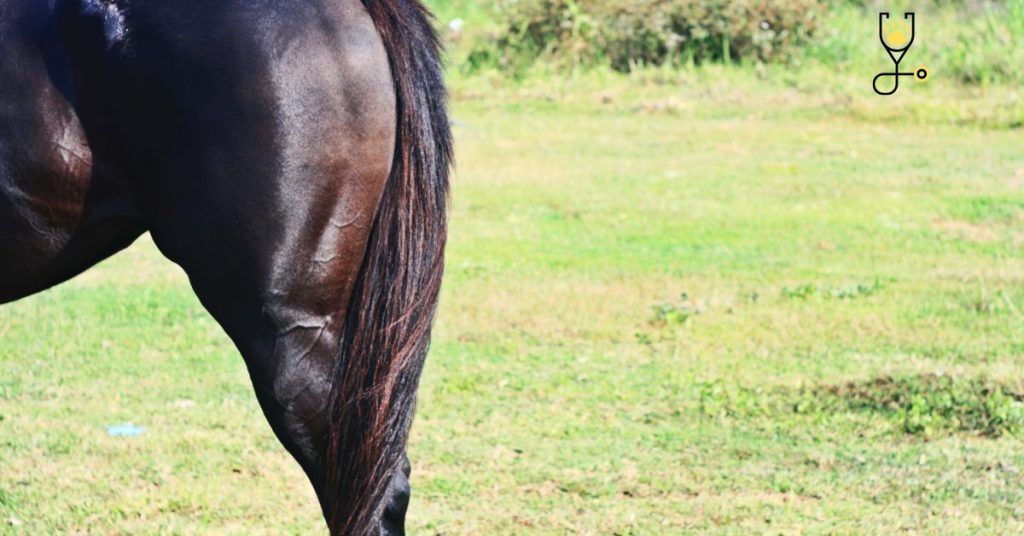
Conclusion
Caring for a horse’s body is not just about providing love and affection, but also about taking the time to keep it healthy. From hooves to tail, throatlatch to the mane, poll to gaskin – each part of the horse’s anatomy is important in its own way. With regular care and attention, you can help ensure your horse lives a long and healthy life. So don’t forget to take extra time when caring for your beloved horses!
It is essential to remember that horse care should be approached with both knowledge and compassion. Horses are complex animals, and it is important to understand their anatomy and needs in order to keep them healthy and happy. With the right care and attention, you can ensure your horse’s well-being for years to come.
Happy grooming!
Frequently Asked Questions
Q: What is the best way to groom a horse?
A: The best way to groom a horse is by starting with the feet and working up toward the head. Grooming tools such as brushes, combs, and sponges should be used to remove dirt, debris, or excess hair from each area of the horse’s body. Additionally, it is important to check for any signs of injury or infection in order to provide timely treatment.
Q: How often should I groom my horse?
A: Generally speaking, horses should be groomed at least twice per week in order to keep them healthy and clean. However, certain areas such as hooves may require more frequent attention if they are prone to conditions such as thrush or white line disease. Additionally, more frequent grooming may be necessary if the horse is being used for competitive events.
Q: What type of products should I use when grooming my horse?
A: When selecting products for your horse’s grooming routine, it is important to choose ones that are specifically designed for their coat type and skin condition. In general, natural ingredients such as aloe vera and jojoba oil are safe choices and can help keep your horse’s coat looking and feeling healthy. Additionally, you should avoid using harsh soaps and chemicals on your horse’s skin that could cause irritation or damage.
Q: What are the signs of an unhealthy horse?
A: Signs that a horse may be suffering from poor health can include a dull coat, loss of appetite, lethargy, and irregular behavior. Additionally, any changes in their breathing or gait could be indications of underlying issues that require medical attention. If you notice any of these signs in your horse it is important to seek veterinary advice as soon as possible.
Q: What is the best way to care for my horse’s hooves?
A: The best way to care for a horse’s hooves is by regularly trimming and cleaning them. This will help prevent any potential damage or pain that could be caused by long, unkempt hooves. Additionally, it is important to check for any signs of injury or infection in this area so that it can be treated promptly. Lastly, always make sure your horse has access to clean and dry bedding in order to keep their feet healthy.
